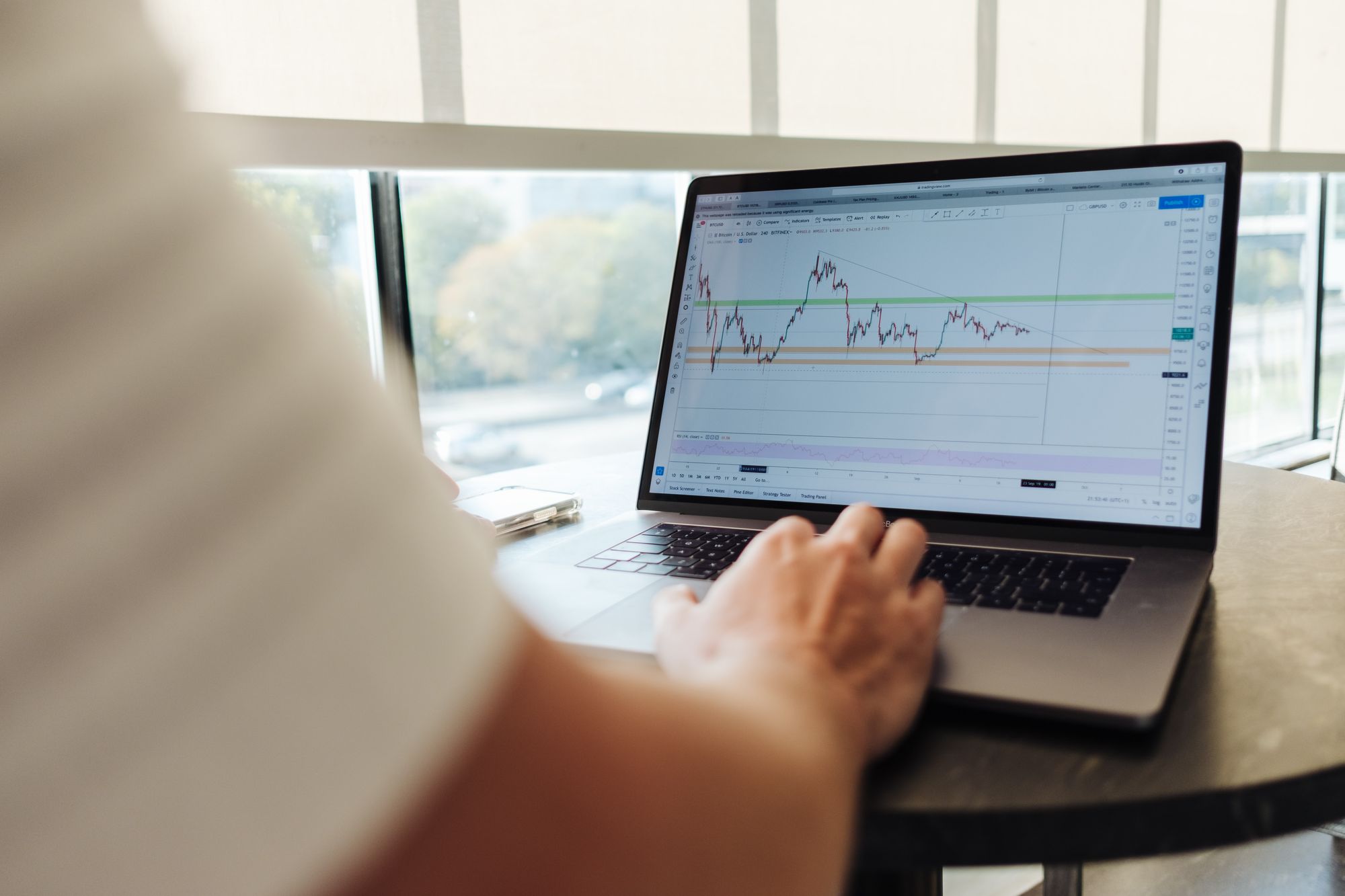When you are scrolling through Facebook, and you see article after article with politicians talking about GDP, unemployment, inflation and the state of the economy, do you know what they are talking about?
It’s important you do, as the economy’s performance can affect employment levels, standard of living, government spending and much more. Basically, it affects you.
Luckily (if you live in Australia), this has never been a serious issue as we are currently enjoying a record streak of economic growth. We have avoided a 'technical recession’ (two consecutive quarters of negative economic growth) for 26 years.
Now how is this measured?
Gross Domestic Product, or GDP, is one of the primary indicators used to measure a country’s economic activity.
It represents the total dollar value of all goods and services produced in a country each year and is often used when referring to the size of a country’s economy.
GDP is often measured quarterly but expressed as a yearly figure. Meaning that, if 3rd quarter GDP is reported to be up 3%, this is 3% for the 12 months prior to the measurement.
GDP can be calculated by one of two methods. The first, the income method, is worked out by adding together what all workers in a country (citizens and noncitizens) earned over the course of a year. The second is known as the expenditure method, and that’s carried out by adding together what everyone spent.
In theory, both measures should work out to be roughly the same since your spending is someone else's income.
When the economy is healthy and growing, you will typically see steady increases in a country’s GDP. If GDP falls, the economy is contracting. Investors worry about negative GDP growth, which is one of the factors economists use to determine whether an economy is in a recession.
The rule of thumb is that two consecutive quarters of shrinking GDP is the signal for a recession.
An impact of a falling GDP and contraction in the economy is the rise in unemployment rate.
To be classified as unemployed you must be without work; currently available for work, and deliberately seeking employment.
When the economy is in poor shape and jobs are scarce, the unemployment rate will rise. When the economy is growing at a healthy pace and jobs are relatively plentiful, it can be expected to fall.
To calculate the unemployment rate, the number of unemployed people is divided by the number of people in the workforce, where the workforce consists of all employed and unemployed people.
The unemployment rate in Australia came in at 5.4% in November 2017. That’s the lowest since February 2013, as the economy managed to add 61,600 jobs while the number of unemployed only increased by 4,100.
Unemployment in a growing economy will never actually be 0%. People choose not to work (voluntary unemployment), some are between jobs (frictional unemployment), or some skilled workers find their skills are no longer in demand (structural unemployment). Given that they do not fit into the formal definition of unemployed, they are not acknowledged in the figures.
Similarly to unemployment, inflation also has a direct relationship with GDP.
Inflation measures the change in the price levels of goods and services in an economy over time.
To give an example, when you speak to your parents they will tell you how things only cost a few cents for them, and $5 was worth a lot more in their day. Well, we will most likely be telling our children something similar.
Typically an inflation rate between one and four percent annually is ideal.
If inflation rises too high, the prices of things in an economy can surge even if wages don’t catch up. At the same time, if price levels decline, in what is known as deflation, people may stop spending money and companies may halt investments. They anticipate that things will be cheaper tomorrow, so why spend today?
Both of these scenarios can lead to a decrease in GDP.
Inflation is measured by what is called the market basket and the Consumer Price Index (CPI). A market basket is a collection of goods that are representative of the economy.
The cost of this basket is compared over time and results in a price index, which is the cost of the market basket today as a percentage of the cost of that same basket in the starting year. This is known as the CPI.
For example, let’s say our market basket consists of some bread, a bus ticket and a house which, in 2016, cost $1,000. A year later in 2017, that same basket cost $1,018, increasing in value by $18, or 1.8% of the basket in 2016. Therefore judging by the CPI, the inflation rate is 1.8%.
Australia's inflation rate was measured at 1.8% through 2017 to the end of the September quarter. This was the lowest inflation rate since the December quarter in 2016, mainly due to the drop in prices of food while the cost of housing and transport continued to increase.
Now when you are on your way home from work, scrolling through your newsfeed and a story pops up regarding GDP, unemployment and inflation. You should be well poised to open it up and understand the economic position of your country.



